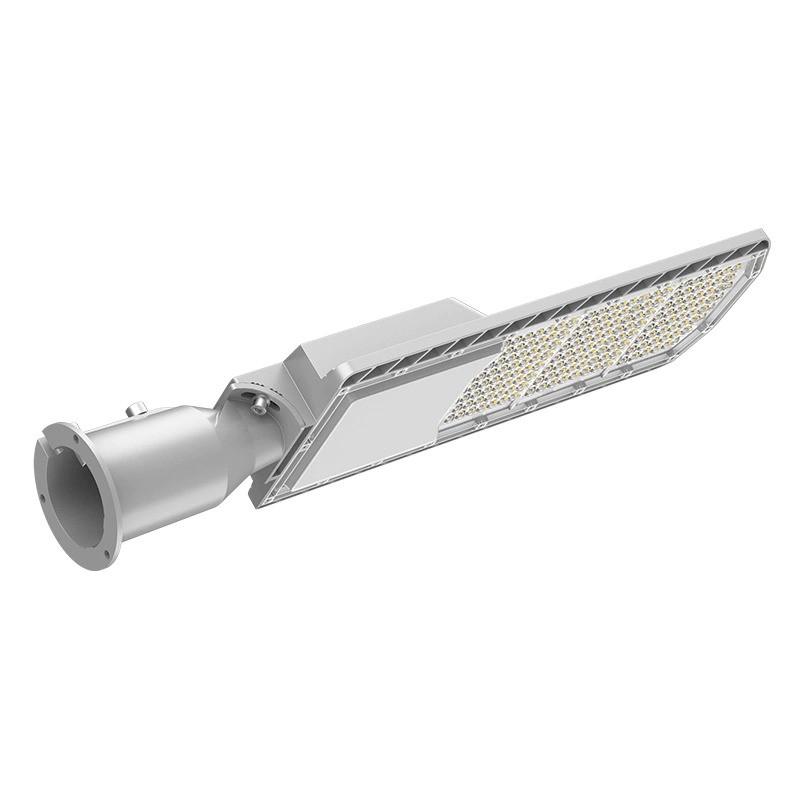Street lighting has come a long way in recent years, with advancements in technology making it possible for cities to not only provide better lighting for their streets but also to do so in a more energy-efficient and cost-effective manner. One of the key developments in this area has been the emergence of smart street lighting systems, which bring together cutting-edge technology to create a more connected and responsive lighting network.
Smart Street Lighting Systems: A Revolution
Leading street lighting manufacturers have been at the forefront of developing and implementing smart lighting systems in cities around the world. These systems incorporate a range of features that allow for more efficient operation and maintenance of street lights, as well as providing additional benefits such as increased safety and security for residents.
Remote Monitoring and Control
One of the key features of smart street lighting systems is the ability to remotely monitor and control individual lights or groups of lights. This means that cities can adjust the brightness of street lights based on factors such as pedestrian foot traffic or weather conditions, helping to reduce energy consumption and extend the lifespan of the lights. Some systems even have sensors that can detect when a light is not functioning properly and alert maintenance crews automatically, ensuring that repairs are made promptly.
Integration of Communication Technologies
Another important aspect of smart street lighting systems is the integration of communication technologies that enable lights to connect to a central management system. This allows cities to gather real-time data on the performance of their lighting network, enabling them to make informed decisions about maintenance and upgrades. For example, if certain areas of a city experience higher crime rates at night, authorities can use data from smart lighting systems to increase the brightness of street lights in those areas, potentially deterring criminal activity.
Energy Efficiency
Leading street lighting manufacturer have also been focused on incorporating energy-efficient technologies into their smart lighting systems. LED lights, for example, use significantly less energy than traditional incandescent or fluorescent bulbs, helping cities to reduce their carbon footprint and lower their energy bills. Some manufacturers have even developed solar-powered street lights that can operate independently of the grid, further reducing energy consumption and costs.
Safety and Security Enhancements
In addition to energy efficiency, smart lighting systems can also improve safety and security in cities. For example, some systems are equipped with motion sensors that can detect movement in the vicinity of a light and automatically increase its brightness, helping to deter potential criminals. Others have built-in cameras that can provide real-time video footage of street activity, allowing authorities to monitor public spaces and respond quickly to emergencies.
Conclusion
Overall, the advancements in smart street lighting systems offer cities a range of benefits, from improved energy efficiency to enhanced safety and security. By working with leading street lighting manufacturers, cities can take advantage of these technologies to create a more connected and responsive lighting network that meets the needs of their residents and contributes to a more sustainable urban environment.


